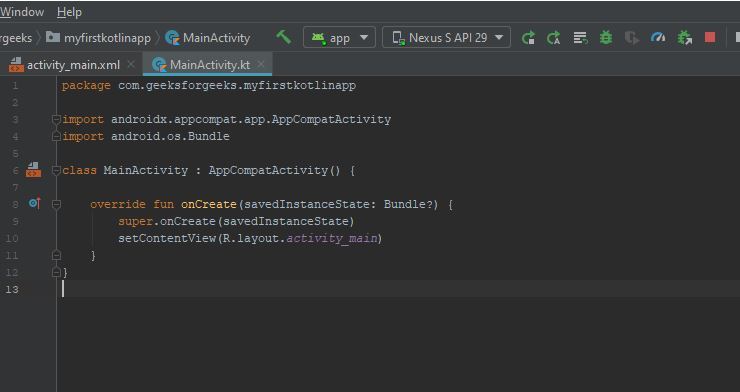


# Solution 1b - use same mean.sd - result is transposed relative to last twoĭo.call("cbind", tapply(x, factor, mean.sd))Ģ) Second solution. Tapply in R with multiple factors You can apply the tapply function to multiple columns (or factor variables) passing them through the list function. The first gives a similar result to the solution above and the second is its transpose: # Solution 1a - use same mean.sdĭo.call("rbind", tapply(x, factor, mean.sd)) They use the same tapply construct but simplify it using do.call. Here are two variations of the above solution. Simplify2array(tapply(x, factor, mean.sd)) Mean.sd <- function(x) c(mean = mean(x), sd = sd(x)) We have used the iris data set that comes with R so that this code runs: In the second approach we repeatedly call tapply, once for mean In the first approach we use a function that returns both mean and Adapun format fungsi ini adalah sebagai berikut: tapply ( X, INDEX, FUN NULL.


To each subgroup of data, it applies a function, in this case the mean, but we can also use the standard deviation (function sd () ), variance (function var () ), length (function length () ),and so on. In case you have additional questions, don’t hesitate to tell me about it in the comments below.Here are two approaches and a few variations of each: Fungsi tapply Fungsi ini akan sangat berguna jika kita ingin menghitung suatu nilai (misalnya rata-rata atau mean) berdasarkan suatu kelompok (grup) data berjenis factor atau kategorik. The tapply function splits the data of the first variable (R),based on the levels of the second variable (Transect).
#Taply r code geeks how to#
Summary: At this point of the article you should have learned how to apply the table command to calculate, construct, work, modify, and draw table objects in R programming. Extend Contingency Table with Proportions & Percentages.Cumulative Frequency & Probability Table tapply in R Apply a function to each cell of a ragged array, that is to each (non-empty) group of values given by a unique combination of the levels of certain factors.Extract Values & Names from table Object.Draw Table in Barplot, Histogram & Heatmap Ogni volta che voglio fare qualcosa 'map' in R, di solito cerco di usare una funzione nella famiglia apply.Contingency Table Across Multiple Columns.
#Taply r code geeks series#
I have created a tutorial series that contains many additional instructions on how to use tables in R: In addition, you may want to have a look at the other articles on my website. I’m showing the content of this article in the video. In case you need further explanations on the examples of this tutorial, you might want to have a look at the following video on my YouTube channel. In this part of the practical we cover how to implement some standard programming. It is often easy to forget that it is a fully functional programming language in its own right. Usage tapply (X, INDEX, FUN NULL,, default NA, simplify TRUE) Arguments X an R object for which a split method exists. The popularity of R is in part due to its fantastic statistical packages and extremely flexible graphical capabilities. table (tab7 ) # Test if object is table # TRUEīoth applications return the same result: The data object tab7 that we have created in Example 8 has the table class. tapply: Apply a Function Over a Ragged Array Description Apply a function to each cell of a ragged array, that is to each (non-empty) group of values given by a unique combination of the levels of certain factors.


 0 kommentar(er)
0 kommentar(er)
